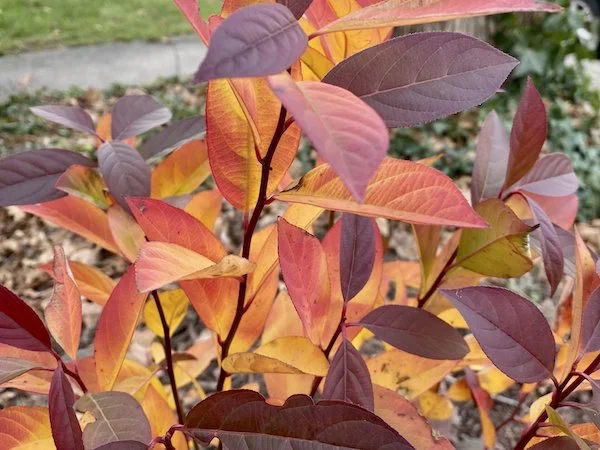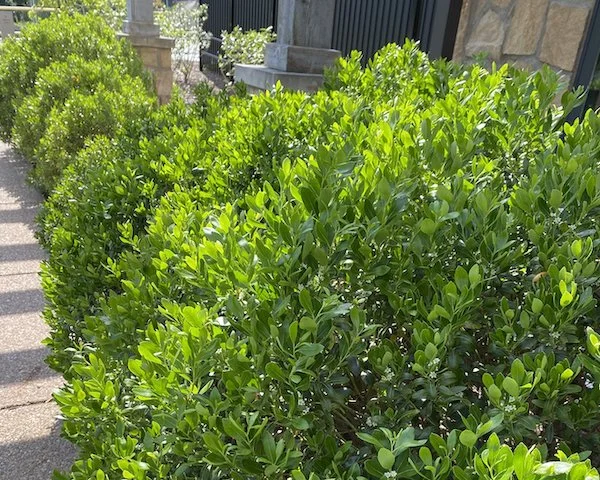Short Native Shrubs for Foundation Plantings
We’ve all seen houses where the rhododendrons or arborvitaes planted along the foundation now reach the second story of the building. Or maybe you’ve been native plant shopping for the front of your home and got discouraged because it seemed like every straight species shrub grows 10 feet tall and wide—not every flower bed can handle that.
Today, let’s explore a handful of native shrubs short enough to plant in front of a house without overtaking the landscape.
New Jersey Tea
New Jersey Tea in bloom
New Jersey Tea (Ceanothus americanusis) is a low-growing (and slow-growing) shrub that will eventually reach three feet tall and five feet wide, which makes it perfect for small spaces and foundation plantings. It sports fragrant white flowers in the early summer and turns golden yellow in the fall. While it provides erosion control and is salt tolerant, it is susceptible to damage by deer.
Dwarf Fothergilla
Dwarf Fothergilla in bloom
Dwarf Fothergilla (Fothergilla gardenii) has three seasons of garden interest: first, white flowers bloom in the spring, followed by softly textured foliage all summer, and finally, brilliant fall color. Use this as a specimen plant in a foundation planting instead of invasive plants like Burning Bush. Like New Jersey Tea, it’s a slow-grower; full size ranges from three to five feet tall and wide.
Virginia Sweetspire
Virginia Sweetspire in the fall
Virginia Sweetspire (Itea virginica) is a lightly scented native with white panicle flowers in the early summer and a striking orange-to-red fall color. In perfect conditions (sunny and soggy), it may grow over eight feet tall, but typically, it stays between three and six feet in average soil or with root competition. To control height, it can be pruned by one-third after blooming, or consider a diminutive cultivar like ‘Henry’s Garnet’ or ‘Little Henry.’
Inkberry Holly
A row of Inkberry Holly
Inkberry Holly (Ilex glabra) is the go-to native replacement for non-native boxwood because it is evergreen and has similar-looking leaves. Choose the straight species if you plan to control its height and shape by pruning. For foundation plantings under five feet, or to avoid the pruning sheers, consider a cultivar like ‘Compacta,’ ‘Shamrock,’ or ‘Gem Box.’




